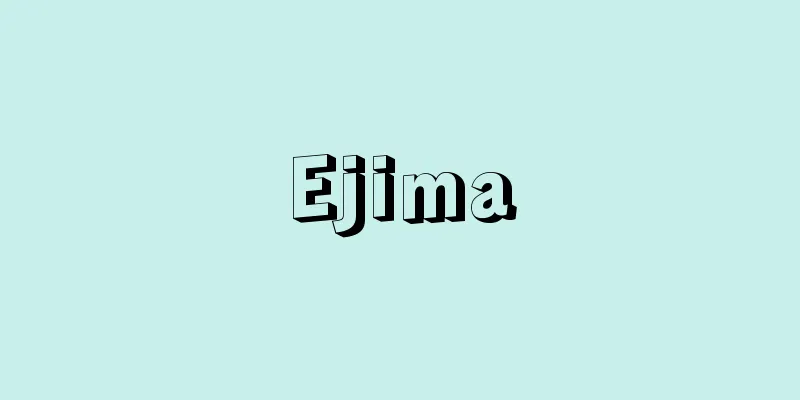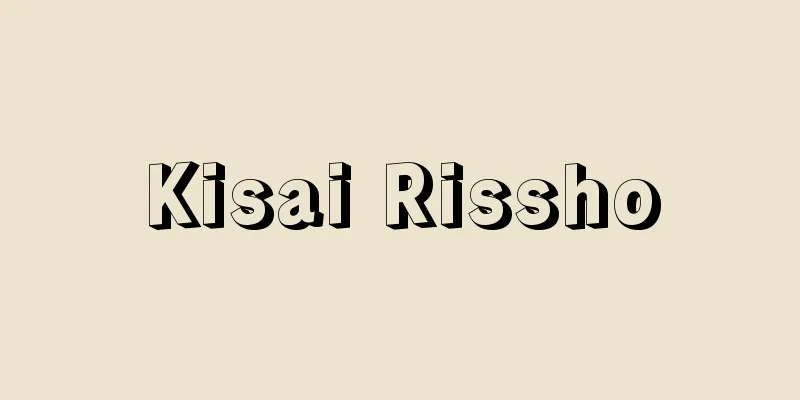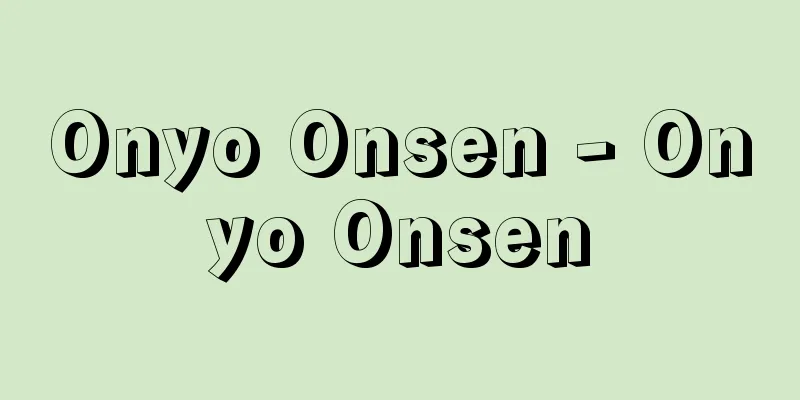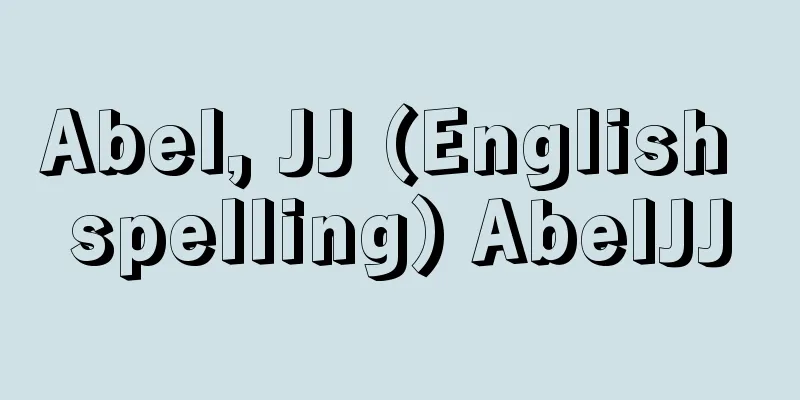Ryunosuke Akutagawa

|
Year of death: July 24, 1927 Year of birth: March 1, 1892 (Meiji 25) A writer from the Taisho period. Born in 8 Irifune-cho, Kyobashi Ward, Tokyo (Akashi-cho, Chuo Ward) as the eldest son of Niihara Toshizo and Fuku, who ran a dairy business. About eight months later, Fuku went insane, and Akutagawa was taken in by his mother's family, the Akutagawa family, in Koizumi-cho, Honjo Ward (Ryogoku, Sumida Ward), and was later adopted. The fact that Akutagawa was separated from his biological mother at a young age, and that her mother was also insane, casts a dark shadow over Akutagawa's literature and is thought to be the indirect cause of his suicide. The Akutagawa family was a samurai family that had been priests in the inner palace for generations and had a strong Edo taste, but his father's family, who was a Choshu peasant soldier and was from Kamihata, Kuga County, Yamaguchi Prefecture (Miwa-cho), must also be considered when considering his peasant literature such as "A lump of earth" (1924), as it is said that he inherited much of his father's temperament. After graduating from the Third Prefectural Middle School and First High School, he graduated from the Department of English Literature at Tokyo Imperial University in 1916. The third and fourth issues of Shinshicho were published while he was still a student. His work "Hana" (1916) was published in the inaugural issue of the latter, and was recognized by Natsume Soseki. His works that are noteworthy include "Rashomon" from the previous year, other stories about the imperial court such as "Imogayu", "Hell Screen", and "In a Yabuno", Christian stories such as "Hokyojin no Shi" (1918), Edo stories such as "Gisaku Sanmai" and "Kare no Sho" (1918), and stories from the enlightened period such as "Bunbukai" and "Hina" (1923). He also wrote many excellent modern works, such as "Mikan" (1919), which was conceived during his time as an English instructor at the Yokosuka Naval Engineering School after graduating from university, and "Genkaku Sanbo" and "Shinkiro" (both 1927), which he wrote in his later years. He also wrote excellent essays and poems, and his haiku under the pen name Wagaki are not to be missed. Akutagawa's literature is said to be intellectual, but its essence is lyricism. (Toshio Hiraoka) Source: Asahi Japanese Historical Biography: Asahi Shimbun Publications Inc. About Asahi Japanese Historical Biography |
|
没年:昭和2.7.24(1927) 生年:明治25.3.1(1892) 大正時代の作家。東京の京橋区入船町8丁目(中央区明石町)に牛乳業を営む新原敏三,フクの長男として生まれる。約8カ月後フクが発狂,本所区小泉町(墨田区両国)の母の実家芥川家に引きとられ,のち養子となる。幼時,実母から引き離され,しかも狂母という事実は,芥川の文学に暗いかげを落としており,自殺の遠因とも考えられる。芥川家は代々御奥坊主の士族で江戸趣味が濃厚であったが,山口県玖珂郡賀見畑(美和町)出身で長州農民兵だった父の家系も,実父の癇の強そうなところを多分に受け継いでいるといわれる性質や,「一塊の土」(1924)などの農民文学を考えるうえでも重視されなければならない。府立三中,一高を経て大正5(1916)年東京帝大英文科卒業。在学中に第3次,第4次『新思潮』刊行。後者の創刊号に「鼻」(1916)を発表して夏目漱石に認められた。前年の「羅生門」をはじめとする王朝物では「芋粥」「地獄変」「藪の中」,キリシタン物としては「奉教人の死」(1918),江戸物では「戯作三昧」,「枯野抄」(1918),開化期物では「舞踏会」,「雛」(1923)などが注目される。大学卒業後の横須賀の海軍機関学校英語教官時代に着想した「蜜柑」(1919)や晩年の「玄鶴山房」「蜃気楼」(ともに1927年)などすぐれた現代物も多い。エッセイや詩歌も秀作があり,我鬼の俳号による俳句も見逃せない。芥川文学は理知的とされるが,抒情こそその本質であろう。<参考文献>三好行雄『芥川竜之介』 (平岡敏夫) 出典 朝日日本歴史人物事典:(株)朝日新聞出版朝日日本歴史人物事典について 情報 |
Recommend
Sculptor's Chamber (English: Sculptor's Chamber)
Abbreviation: Scl. A small southern constellation ...
Final
Final exam. Abbreviation of "Final examinatio...
Jia Yi - Key
A Chinese politician during the reign of Emperor ...
Onihashiri - Onihashiri
1. "Demon Send or Same as "rai". → ...
Nakīr (English spelling)
…The Qur'an makes direct and indirect referen...
Via Egnatia - Egnatia Kaido
...the main road from Rome to Aternum on the Adri...
Taishan Stone Carvings (English: Tai-shan-ke-shi)
A monument erected on Mount Tai (c. 219 BCE) by th...
input-output table
...The bird's-eye view thus obtained was none...
Wilson's Creek
...It has higher education institutions such as u...
Congridae
...A general term for marine fish belonging to th...
Dangerous criminal - Dangerous criminal
In the criminal law, a crime that does not require...
Sedimentation volume
…If the slurry is left for a longer period of tim...
Larson, KK (English spelling) LarsonKK
…Finnish poet. Real name: Kaarlo Kyösti Larson. H...
Grew, N. (English spelling) GrewN
…However, Hooke’s intention was to explain the ce...
Hino Sukena
Year of death: May 2, 1338 (May 21) Year of birth:...









